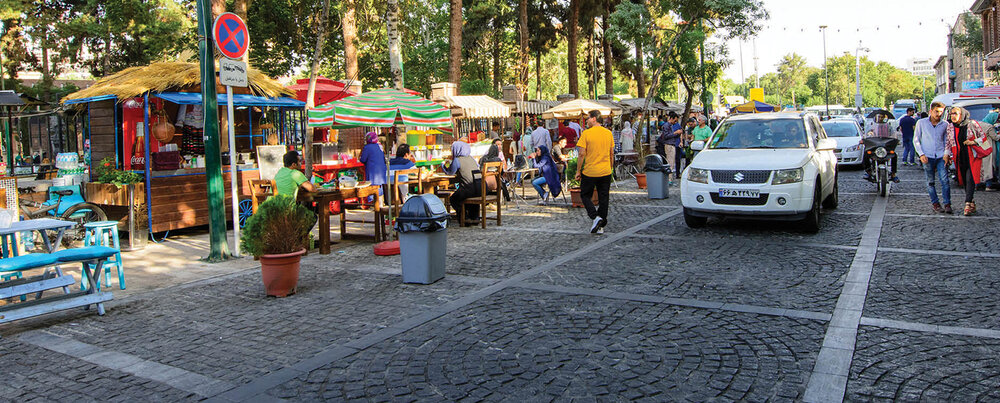Tehran’s tourist street to become more accessible for people with disabilities

TEHRAN – A follow-up plan is being formulated to ensure Tehran’s Si-e Tir historical street and its surrounding museums, travel destinations and historical monuments will be more accessible for the physically challenged people.
So far, access to parts of the stone-paved street have been made easier for people with disabilities as a pilot project, which would be a role model for other places across the country, Mehr reported on Sunday.
However, the follow-up plan, which is supervised by the tourism ministry, calls for extending facilities to all travel destinations around the one-way street with the participation of all relevant bodies and businesses.
Introduced by the United Nations World Tourism Organization (UNWTO), the creation of the international “Accessible Tourism Destination” aims to make sure that a destination can be enjoyed by all tourists, regardless of their physical, sensory or cognitive abilities.
Deputy tourism minister Vali Teymouri said in May that Si-e Tir St. is suitable for being an “Accessible Tourism Destination”, saying “Hotels, travel agencies, museums and, in general, all tourist centers of this street can be equipped for the use of handicapped and veterans according to the UNWTO specifications.”
Si-e Tir corresponds with July 21 and is named after the date of the massive pro-Mossadegh uprising against the Shah in 1952 in which dozens of people were killed. This cobblestone street intersects Imam Khomeini Street between Imam Khomeini Square (better known as Toop Khuneh to the locals) and Hasan Abad Square. It continues north to Nofel Loshato Street near the Embassy of France, although once you pass the intersection of Jomhuri Avenue, the name mysteriously changes to Mirza Kuchak Khan (named after an early 20th century Gilani revolutionary).
One of the most striking and curious features of Si-e Tir is the fact that a synagogue, two churches, a mosque, and a Zoroastrian fire temple harmoniously coexist along this street. Moreover, there’s a lot of culture to explore on and nearby this street; most notably, the National Museum of Iran, which explores 30,000 years of habitation in the region through primitive art, tools from the Stone Age, pottery, coins, remnants of Persepolis, and other excavated treasures.
AFM/MG

Leave a Comment